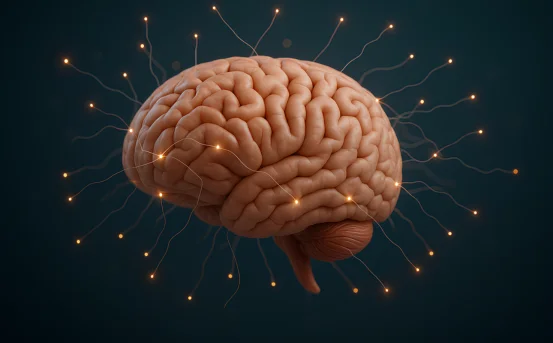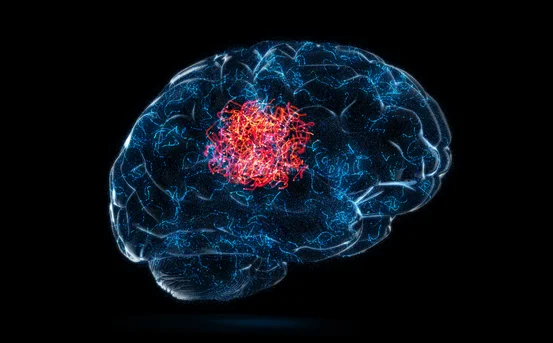Hydrocephalus is a neurological condition that occurs when an abnormal accumulation of cerebrospinal fluid (CSF) builds up in the brain’s ventricles, leading to increased pressure within the skull. This can result in a range of physical, cognitive, and developmental issues if not treated promptly. Though the term literally means “water on the brain,” what accumulates is not water but CSF—a clear fluid that cushions the brain and spinal cord, removes waste, and provides nutrients.
Understanding the causes of hydrocephalus is essential for early diagnosis and timely intervention. The causes vary depending on the type of hydrocephalus and the age group affected.
What is Hydrocephalus?
Before delving into causes, it’s helpful to understand how cerebrospinal fluid functions in a healthy brain. The brain continuously produces CSF in the ventricles. This fluid flows through interconnected cavities and around the brain and spinal cord before being absorbed into the bloodstream.
When this process is disrupted—either due to overproduction, blockage, or poor absorption—CSF begins to accumulate. The ventricles enlarge, and pressure builds inside the skull, damaging brain tissues.
Congenital Causes of Hydrocephalus
Congenital hydrocephalus is usually diagnosed before or shortly after birth. It may arise from developmental abnormalities or genetic conditions. Some of the common congenital causes include:
- Aqueductal Stenosis :- One of the most frequent congenital causes, aqueductal stenosis is a narrowing or blockage of the cerebral aqueduct—a channel between the third and fourth ventricles in the brain. This prevents normal CSF flow, leading to fluid buildup and ventricular enlargement.
- Chiari Malformation :- This condition involves herniation of brain tissue into the spinal canal, affecting the flow of CSF. It often causes obstructive hydrocephalus and may be associated with spina bifida.
- Neural Tube Defects (e.g., Spina Bifida) :- In conditions like myelomeningocele, part of the spinal cord protrudes through an opening in the spine. This disrupts normal CSF flow and absorption, leading to hydrocephalus in a significant number of cases.
- Intrauterine Infections :- Infections such as toxoplasmosis, cytomegalovirus (CMV), rubella, and syphilis during pregnancy can interfere with fetal brain development, leading to hydrocephalus.
- Genetic Syndromes :- Some rare genetic disorders can result in congenital hydrocephalus. These include X-linked hydrocephalus due to mutations in the L1CAM gene.
Acquired Causes of Hydrocephalus
Acquired hydrocephalus can occur at any age due to injury, disease, or infection. The condition may develop suddenly or progressively.
- Intraventricular Hemorrhage (IVH) :- Bleeding into the brain’s ventricles—often due to premature birth or trauma—can block CSF pathways or scar absorption sites, causing hydrocephalus. This is a common cause of post-hemorrhagic hydrocephalus in premature infants.
- Meningitis and Other Infections :- Infections such as bacterial meningitis, tubercular meningitis, or encephalitis can inflame the meninges (protective layers around the brain), leading to scarring and obstruction of CSF flow or impaired absorption.
- Brain Tumors :- Tumors in or near the ventricles can compress CSF pathways, causing obstructive hydrocephalus. Tumors in the posterior fossa region, such as medulloblastomas or ependymomas, are common culprits.
- Traumatic Brain Injury (TBI) :- A serious head injury can result in bleeding, swelling, or inflammation, leading to CSF flow disruption. Some individuals develop hydrocephalus weeks or months after the trauma, known as post-traumatic hydrocephalus.
- Post-surgical or Radiation Effects :- Brain surgery or radiation therapy, especially for tumors or epilepsy, can cause scarring or inflammation that blocks normal CSF circulation.
Normal Pressure Hydrocephalus (NPH)
Normal Pressure Hydrocephalus is most often seen in older adults, typically over the age of 60. It is characterized by enlarged ventricles with normal or slightly elevated CSF pressure. The cause is often unclear, but several potential triggers have been identified:
- Age-related Changes :- As people age, changes in brain tissue or CSF absorption can lead to NPH, even without an identifiable cause.
- Previous Stroke or Brain Injury :- Some cases of NPH follow stroke, trauma, or hemorrhage, which affect the brain’s ability to absorb CSF properly.
- Idiopathic (Unknown Origin) :- In many cases, no clear cause is found. It’s called idiopathic NPH, and it often mimics dementia or Parkinson’s disease. The classic triad of symptoms includes:
- Gait disturbance
- Cognitive decline
- Urinary incontinence
NPH is potentially reversible with surgery, making early diagnosis vital.
Hydrocephalus Ex-Vacuo
This is not a true form of hydrocephalus but a compensatory enlargement of the ventricles due to brain tissue loss or atrophy. It is commonly seen in conditions like:
- Alzheimer’s disease
- Stroke
- Severe traumatic brain injury
Unlike other types of hydrocephalus, there is no increase in intracranial pressure, and surgical treatment is usually not beneficial.
Conclusion
It is a complex condition with a wide variety of causes. From genetic birth defects to acquired brain injuries and infections, understanding what leads to this condition is the first step in managing it effectively. While some causes are unavoidable, many—like infections, injuries, or certain maternal health risks—can be reduced with good prenatal care, timely vaccinations, and safety precautions.
Modern diagnostic tools and treatment strategies, particularly surgical interventions like shunt placement or ETV, have improved outcomes for people with hydrocephalus significantly. With early detection and appropriate care, many patients—especially infants and children—can lead healthy, productive lives.























